Ruth Durrer0521847044, 9780521847049, 9780511424069
Table of contents :
Cover……Page 1
Half-title……Page 3
Title……Page 5
Copyright……Page 6
Contents……Page 9
Preface……Page 11
Notation……Page 15
1.1 Homogeneity and isotropy……Page 16
1.2.1 The Friedmann equations……Page 17
1.2.2 The `big bang’ and `big crunch’ singularities……Page 21
1.2.3 Cosmological distance measures……Page 22
1.3 Recombination and decoupling……Page 28
1.3.1 The physics of recombination……Page 30
1.3.2 Final ionization and photon decoupling……Page 33
1.3.3 Propagation of free photons and the CMB……Page 37
1.4.1 Expansion dynamics at T a few MeV……Page 41
1.4.2 Neutrino decoupling……Page 44
1.4.3 The helium abundance……Page 47
1.4.4 Deuterium, helium-3 and lithium-7……Page 53
1.5.1 Cosmological problems……Page 56
1.5.2 Scalar field inflation……Page 57
1.5.3 Pre-heating and reheating……Page 63
1.5.4 Resolution of the `cosmological problems’……Page 66
Exercises……Page 69
2.1 Introduction……Page 71
2.2.1 Gauge transformation, gauge invariance……Page 72
2.2.2 Harmonic decomposition of perturbation variables……Page 74
2.2.3 Metric perturbations……Page 77
2.2.4 Perturbations of the energy–momentum tensor……Page 80
2.3 The perturbation equations……Page 84
The dynamical equations……Page 85
2.3.2 Energy–momentum conservation……Page 86
2.3.3 Mixtures of several fluids……Page 87
2.3.4 The Bardeen equation……Page 90
2.3.5 A special case……Page 91
2.4.1 The pure dust fluid for………Page 94
2.4.2 The pure radiation fluid,………Page 97
2.4.3 The mixed dust and radiation fluid for………Page 98
2.5 Light-like geodesics and CMB anisotropies……Page 101
2.6.1 Generics……Page 106
Definition……Page 108
Scalar perturbations……Page 109
Exercises……Page 116
3 Initial conditions……Page 119
3.1 Scalar field perturbations……Page 120
3.2.1 Scalar perturbations……Page 125
3.2.3 Tensor perturbations……Page 130
3.3 Mixture of dust and radiation revisited……Page 135
3.3.1 Adiabatic initial conditions……Page 138
3.3.2 Iso-curvature initial conditions……Page 141
3.3.3 Mixed adiabatic and iso-curvature perturbation……Page 144
Exercises……Page 145
4.1.1 Generalities……Page 148
4.1.2 Liouville’s equation in a FL universe……Page 151
4.2.1 Scalar perturbations……Page 153
4.2.2 Vector perturbations……Page 155
4.3 The energy–momentum tensor……Page 157
4.3.1 Scalar perturbations……Page 158
4.3.2 Vector perturbations……Page 160
4.3.3 Tensor perturbations……Page 162
4.4 The ultra-relativistic limit, the Liouville equation for massless particles……Page 163
4.4.1 Scalar perturbations……Page 164
4.4.2 Vector perturbations……Page 166
4.4.3 Tensor perturbations……Page 167
4.4.4 The Liouville equation in terms of the Weyl tensor……Page 168
4.4.5 The Liouville equation in Fourier space……Page 169
4.5 The Boltzmann equation……Page 170
4.5.1 Scalar perturbation……Page 173
4.5.2 Vector perturbations……Page 178
4.5.3 Tensor perturbations……Page 181
4.6 Silk damping……Page 183
4.7 The full system of perturbation equations……Page 185
Exercises……Page 188
5 CMB polarization and the total angular momentum approach……Page 190
5.1.1 The Stokes parameters……Page 191
5.1.2 The scattering matrix and collision term……Page 195
5.2 Total angular momentum decomposition……Page 197
5.3 The spectra……Page 202
5.4 The small-scale limit and the physical meaning of E and B……Page 208
5.5 The Boltzmann equation……Page 213
5.5.1 Integral solution……Page 216
Exercises……Page 222
6.1 Introduction……Page 224
6.2.1 The acoustic peaks……Page 225
6.2.2 Neutrinos……Page 228
6.2.3 Gravitational waves……Page 229
6.3 Reionization……Page 230
6.4 CMB data……Page 231
6.4.1 Example window functions……Page 232
6.4.2 Cosmic variance……Page 236
6.5 Statistical methods……Page 238
6.5.1 Bayes’ theorem and the likelihood function……Page 239
Best-fitting parameters……Page 242
Estimating errors……Page 245
The Fisher matrix for CMB anisotropy experiments and forecasting……Page 248
6.5.3 Model comparison……Page 250
6.5.4 Markov chain Monte Carlo methods (MCMC)……Page 255
Metropolis–Hastings algorithm……Page 256
6.5.5 Hamiltonian Monte Carlo……Page 258
6.6 Degeneracies……Page 259
6.6.2 Scalar spectral index, tensor component and related degeneracies……Page 260
6.6.3 Initial conditions……Page 262
6.7.1 The Hubble parameter H(z)……Page 265
6.7.3 The galaxy distribution……Page 267
6.7.4 Measuring the late integrated Sachs–Wolfe effect by correlations of CMB anisotropies with density fluctuations……Page 270
6.7.5 The Ly- forest……Page 274
6.7.6 Weak lensing……Page 276
6.7.7 Galaxy clusters……Page 277
6.8.1 Topological defects……Page 279
6.8.2 Causal scaling seeds……Page 282
6.8.3 Calculating CMB anisotropies from sources……Page 284
6.8.4 Decoherence……Page 286
6.8.5 Results……Page 287
Exercises……Page 290
7.1 An introduction to lensing……Page 292
7.1.1 The deflection angle……Page 293
7.2 The lensing power spectrum……Page 296
7.3 Lensing of the CMB temperature anisotropies……Page 297
7.3.1 Approximation for small deflection angles……Page 298
7.3.2 Arbitrary deflection angles……Page 300
7.4 Lensing of the CMB polarization……Page 304
7.4.2 Approximation for small deflection angles……Page 306
7.4.3 Arbitrary deflection angles……Page 311
7.5 Non-Gaussianity……Page 314
7.6 Other second-order effects……Page 315
Exercises……Page 316
8.1.1 Generalities……Page 318
8.1.2 Elastic Compton scattering and the Kompaneets equation……Page 319
8.1.3 Thermal Bremsstrahlung……Page 324
8.1.4 Double Compton scattering……Page 327
8.1.5 Timescales and redshifts……Page 329
8.2 A chemical potential……Page 332
8.3 The Sunyaev–Zel’dovich effect……Page 334
Exercises……Page 338
A1.1 Conversion factors, units……Page 340
A1.2.2 Important constants……Page 341
A1.3 Useful relations……Page 342
A2.1 Notation……Page 344
A2.3 Friedmann metric and curvature……Page 346
A3.1.2 The Riemann tensor……Page 349
A3.1.4 The Weyl tensor……Page 350
A3.2.2 The Riemann tensor……Page 351
A3.3.1 The Christoffel symbols……Page 352
A3.3.4 The Weyl tensor……Page 353
A4.1 Legendre polynomials and Legendre functions……Page 354
A4.2.1 The irreducible representations of the rotation group……Page 356
A4.2.2 The Clebsch–Gordan decomposition……Page 357
A4.2.3 Spherical harmonics of spin-0……Page 359
A4.3.1 Bessel functions of integer order……Page 368
A4.3.2 Spherical Bessel functions……Page 369
A5.1 Thermal equilibrium……Page 371
A5.2 Small departures from thermal equilibrium……Page 372
A5.3 Phenomenological coefficients……Page 374
Appendix 6 Mixtures……Page 376
A7.1.1 Introduction……Page 378
A7.1.3 A collection of Gaussian random variables……Page 379
A7.1.4 Wick’s theorem……Page 380
A7.2 Random fields……Page 381
A7.2.1 Statistical homogeneity and isotropy……Page 382
Appendix 8 Approximation for the tensor C spectrum……Page 384
A9.1 The Boltzmann equation……Page 389
A9.2 Line-of-sight integration……Page 390
A9.3 Mode functions, radial functions……Page 391
A9.5 Power spectra……Page 396
Exercise 1.4……Page 398
Exercise 2.1……Page 399
Exercise 3.1……Page 402
Exercise 4.3……Page 403
Exercise 7.1……Page 404
References……Page 406
Index……Page 413
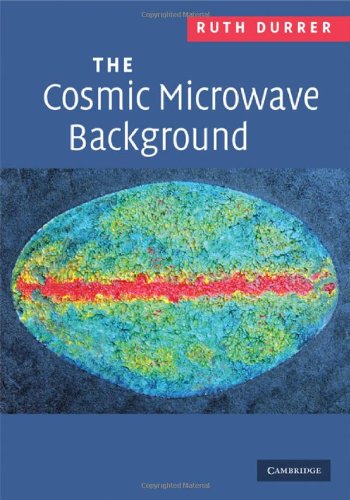
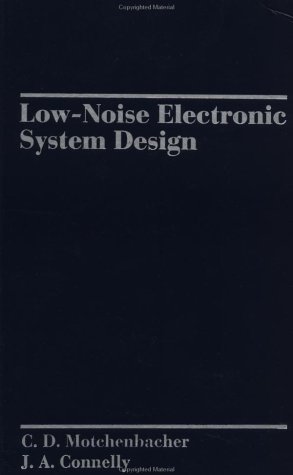
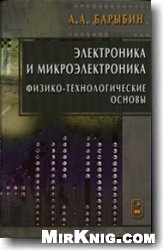
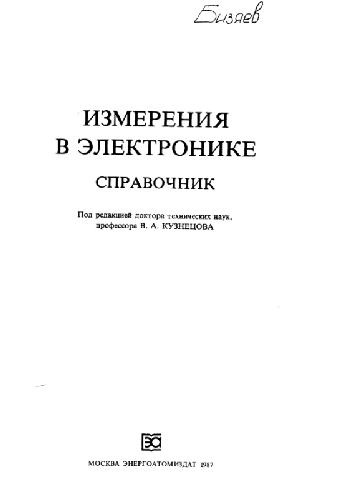
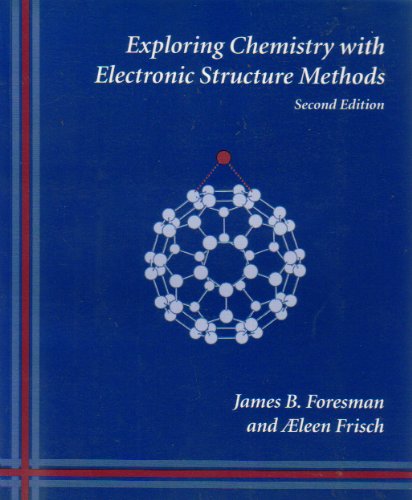
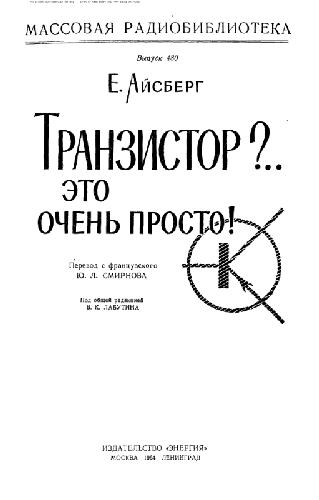
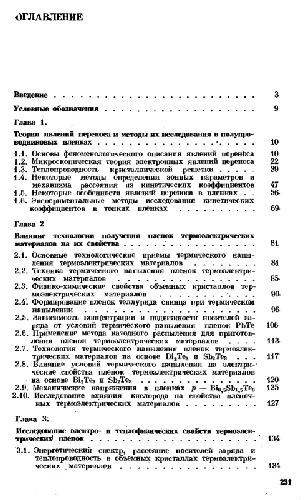
Reviews
There are no reviews yet.